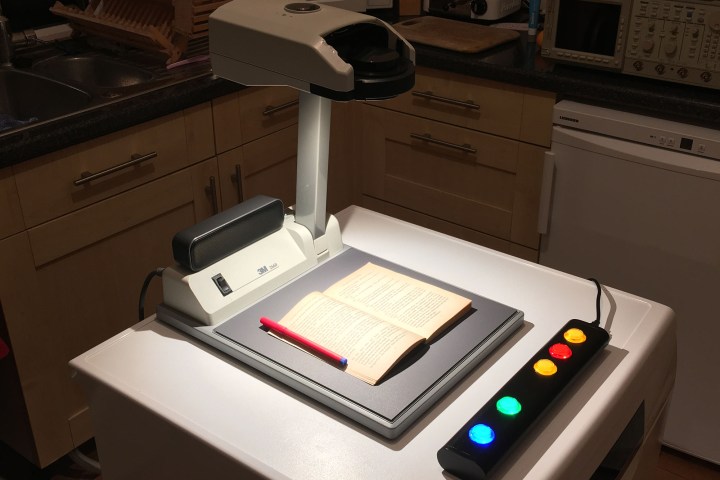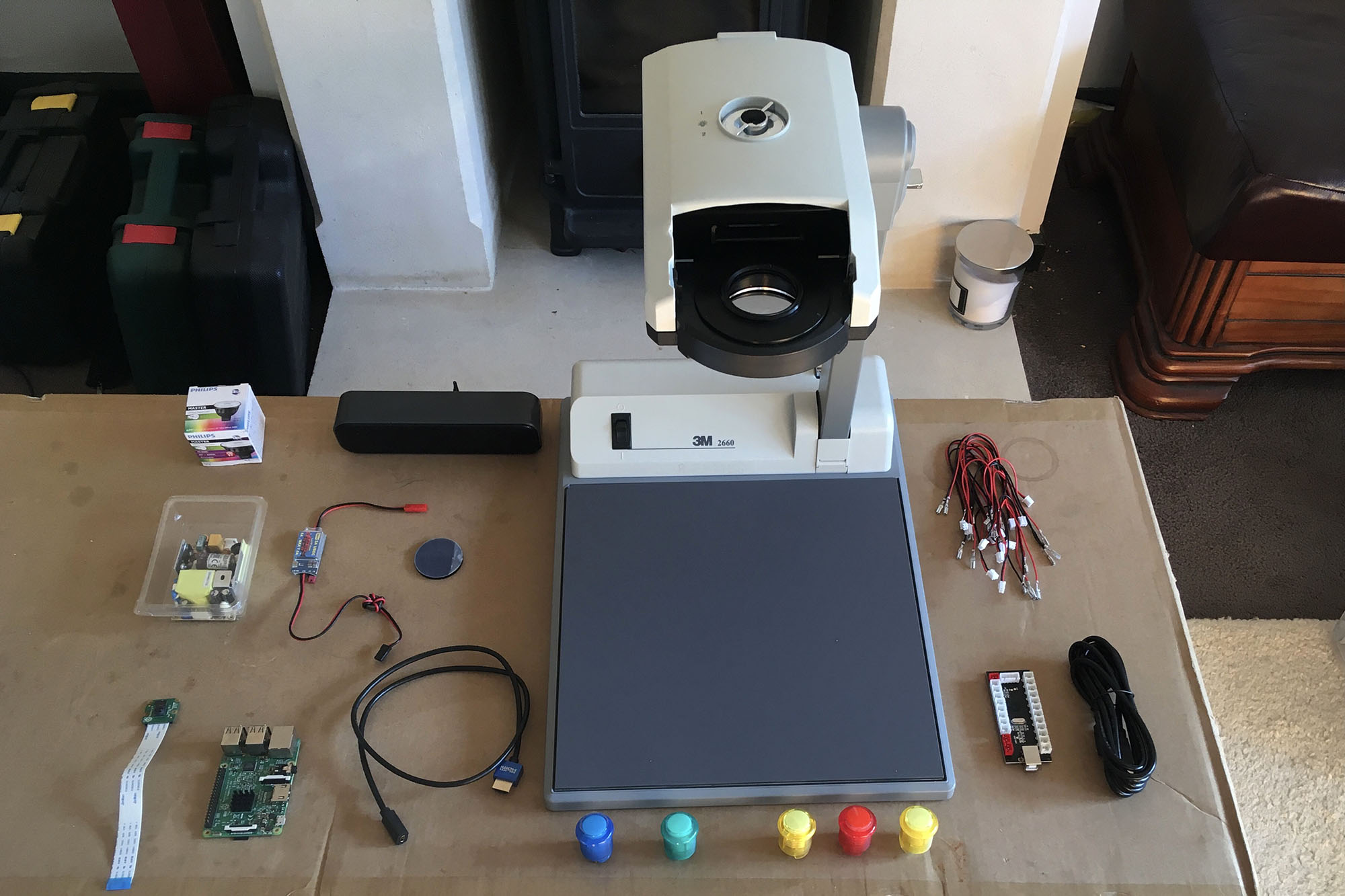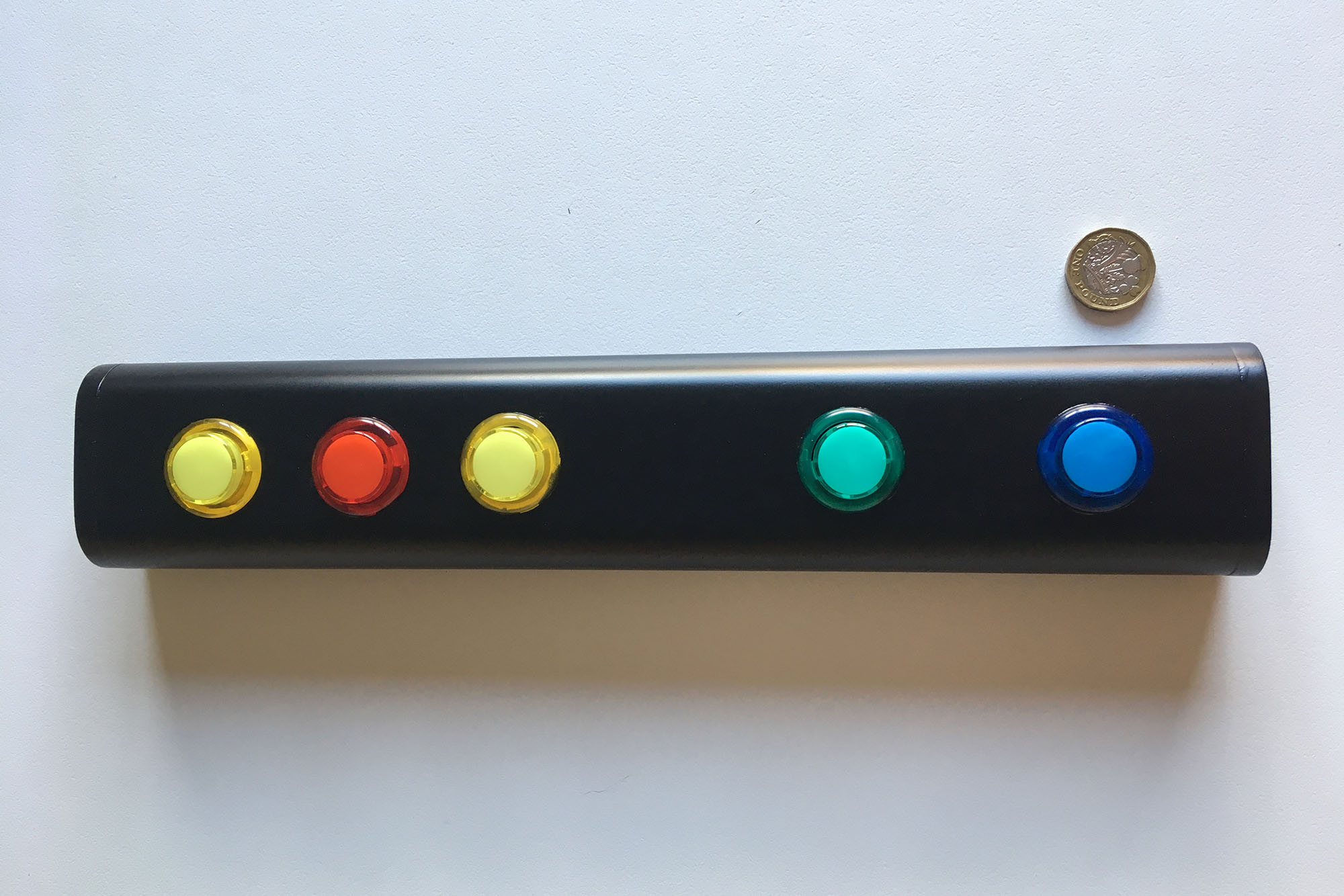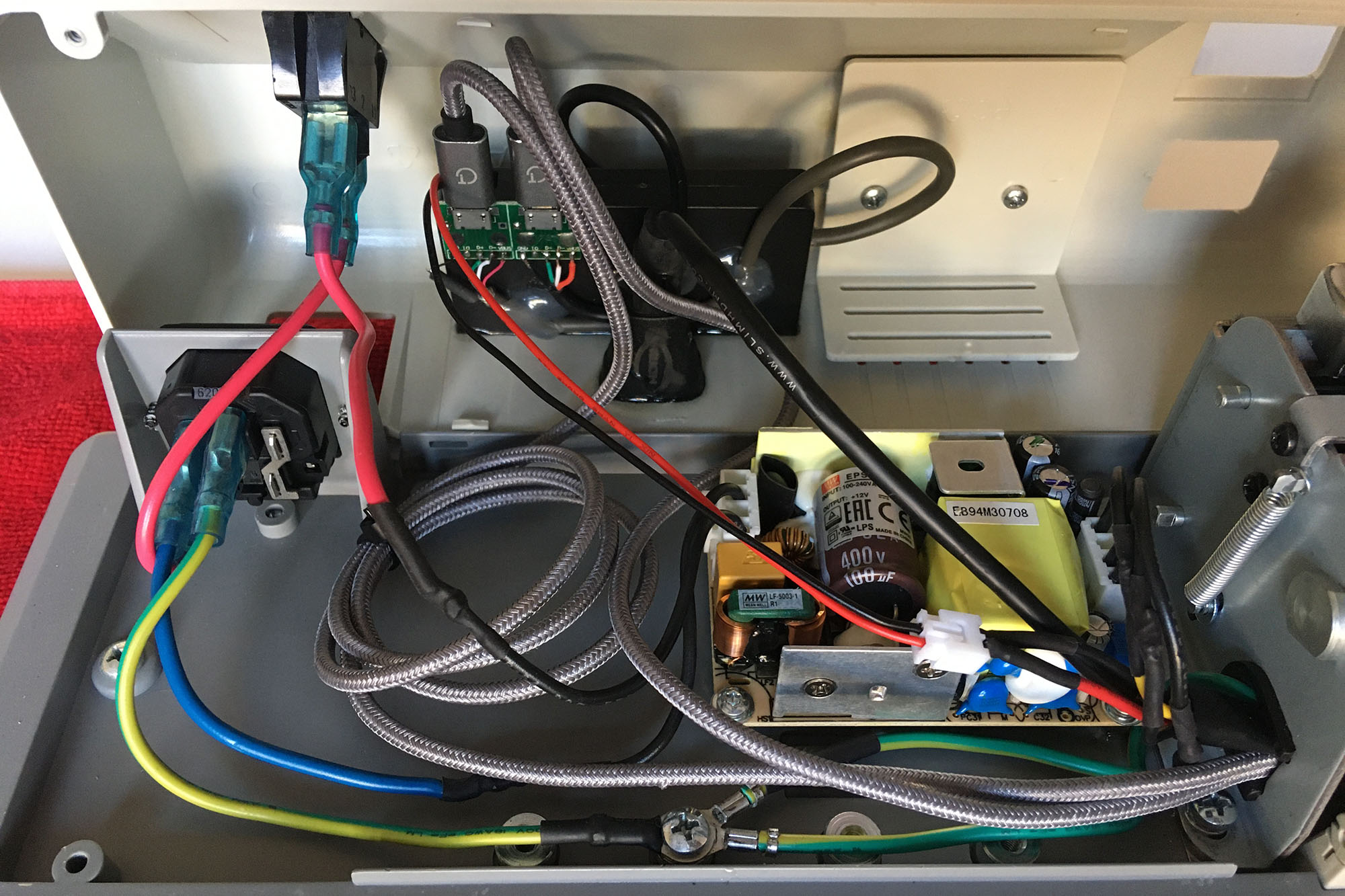

Every birthday, Bennie Affleck (no, not that one) buys his grandfather the best bottle of Chilean red wine he can find. But when his grandad, also named Ben, was due to turn 100 this year, his 40-year-old British software engineer grandson decided the occasion warranted a special present.
“He’s a very inspirational man,” Affleck, who runs a U.K. software consultancy called Ionium Design, said of Ben Sr. “Still cheerful despite outliving two wives and both his children.”
For his grandfather’s centenary, a bottle of wine — or even a couple of them — simply wasn’t going to cut it. So Affleck built him an A.I.-powered digital text-to-speech reading machine for helping his grandad, who has macular degeneration, to be able to read again.
Reading machines
“My grandfather began losing his sight around 10 years ago,” Affleck told Digital Trends. “He is an extremely determined man and wants to stay independent, living at home, and taking an active part in the world. Losing his ability to drive was a blow, but he replaced that with taxis. Losing his ability to read has been harder.”

Despite the best available vision aids, Affleck said his grandfather regularly took over an hour to decipher a single A4 letter. “Although there are many smartphone and tablet-based [tools] available, they are unsuitable for people unfamiliar with these devices, or whose vision, touch, or hearing makes touch screens unusable,” he said.
What Affleck designed for his grandfather as an alternative was a DIY digital reading assistant, made using off-the-shelf components and software. It allows users to place a document on an illuminated platform, where it is scanned by a camera, deciphered by text recognition algorithms, and ultimately read out in a natural-sounding voice.
To make the interface easier for someone with diminishing eyesight, the machine is kitted out with chunky colored buttons. Hitting the blue one scans a document. Green starts reading the most recently scanned document. The left yellow button skips back six seconds, the right yellow skips forward six seconds, and the red button pauses and unpauses. For security reasons, Affleck said that the machine does not store any of the scanned documents locally or in the cloud.
Designed for ease-of-use
Affleck said that he usually works in a cabin in his garden. However, he had to piece together his grandfather’s gift on his kitchen table, due to a lack of outside heating. (He’s a snowboarder as a hobby and used to the cold, but everyone has their limits!)
“The entire device was constructed in three weeks,” he said. “Building a physical enclosure could have been daunting, but I had a brainwave to repurpose an old 3M portable overhead projector. All other parts came from small U.K. businesses and [a big electronic components company.] My neighbor kindly machined the metalwork for a sturdy keypad of my design, that I fitted with arcade buttons.”

The reading machine’s software is custom Python with Google’s Cloud Vision and Wavenet text-to-speech software. It’s powered via a Raspberry Pi 3B with a Pi V2 camera.
“The complete system works surprisingly well,” Affleck said, describing this as a “testament” to Google’s high-quality A.I. tools. “Printed text is read with amazing accuracy, even accounting for rotations, distortions, [and other challenges]. The voice is also very listenable. In testing, I had the machine reading pages from The Lion The Witch and The Wardrobe, and I found myself getting engaged in the story.”
An amusing, but poignant, moment occurred when Affleck gave his grandfather the gift. “After setting it up for him, grandad said, ‘Now I can use this to read the instructions for my digital magnifier,” Affleck said. “It was funny and sad that he couldn’t operate another device he’d bought to help him because he couldn’t read its instructions.”
Helping more people
The only difficulty with the machine at present, Affleck said, is with spatially structured data like bank statements. “I will be adding heuristics and some of my own A.I. to allow these to be read in a more human-like manner,” he noted.
Affleck said that building this device has given him a new appreciation of the challenges people with limited eyesight face. “As I began developing the concept, it became apparent that many other people have similar problems. I realized there is demand for a much better device, so I built the best prototype I could and am building more units so I can run field trials with volunteers in February.”
If these tests go well, Affleck said that he would consider turning this into a product — complete with additional features and more suitable casing. For now, though, he’s built a game-changing device his grandfather can use on a daily basis — and, really, that’s just what he set out to do.






